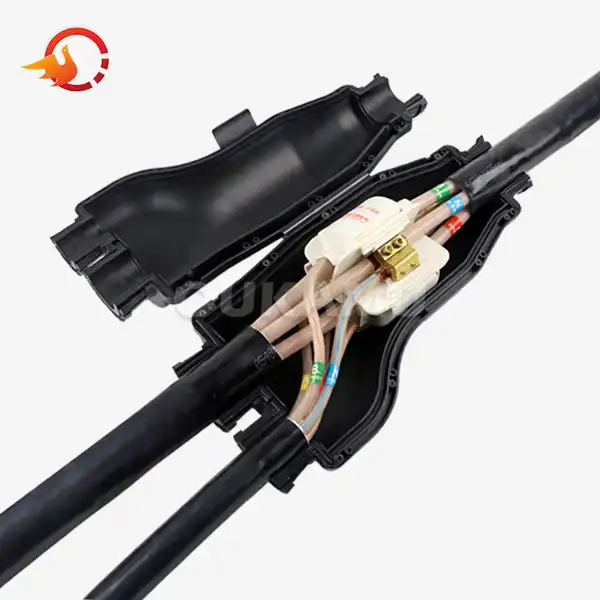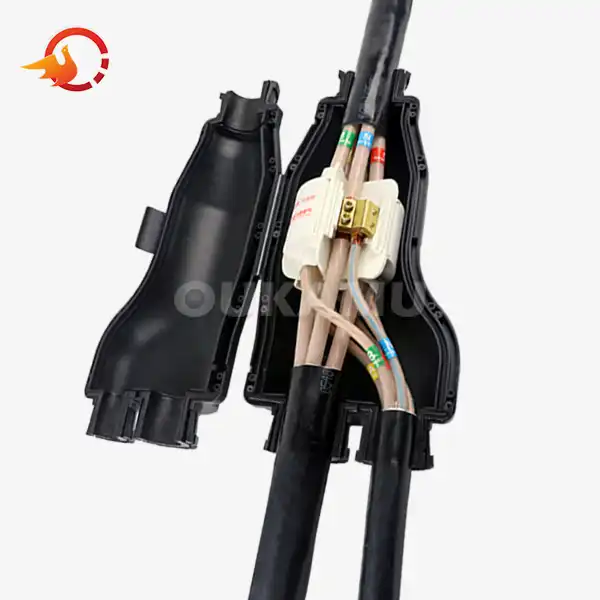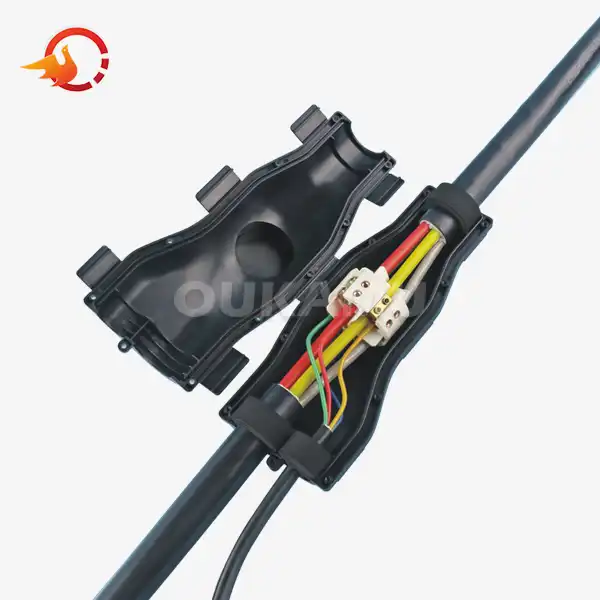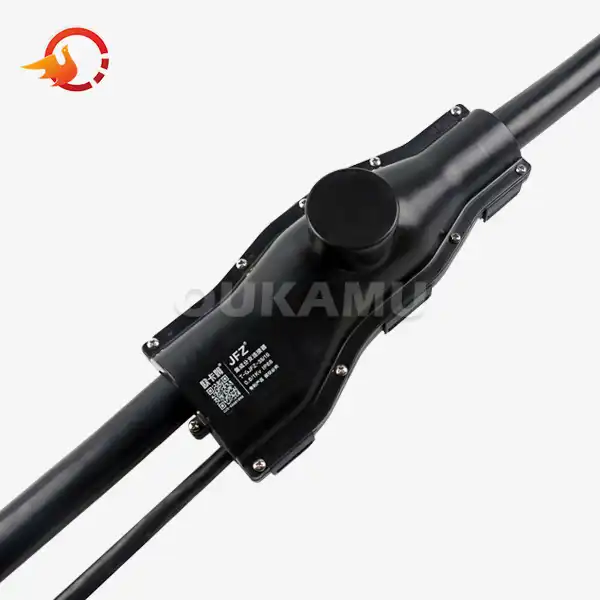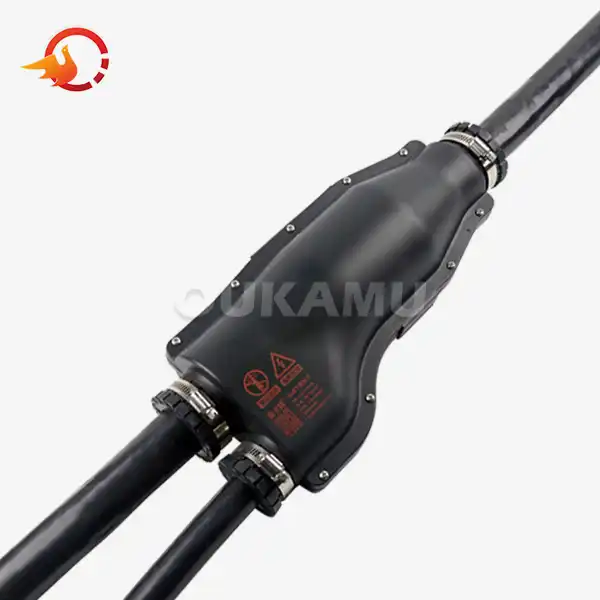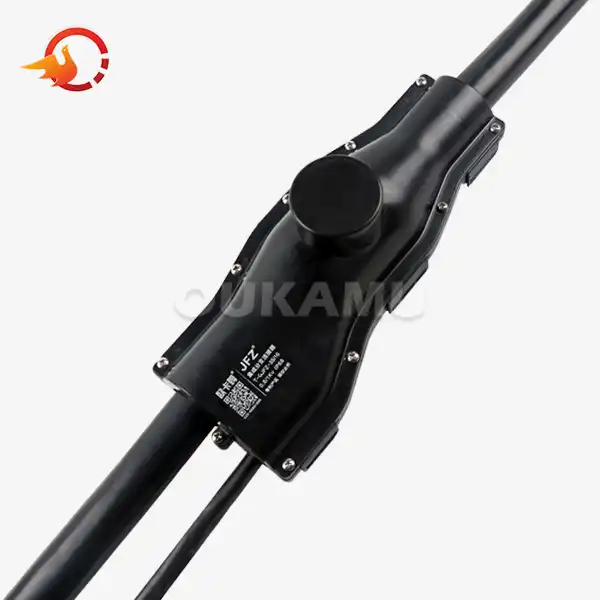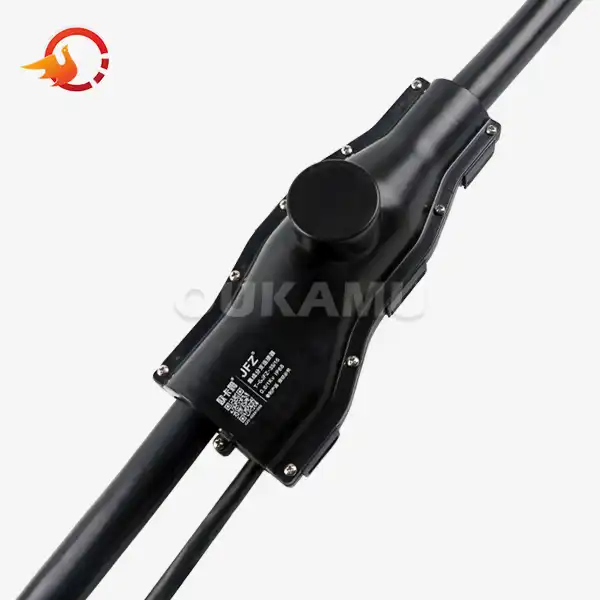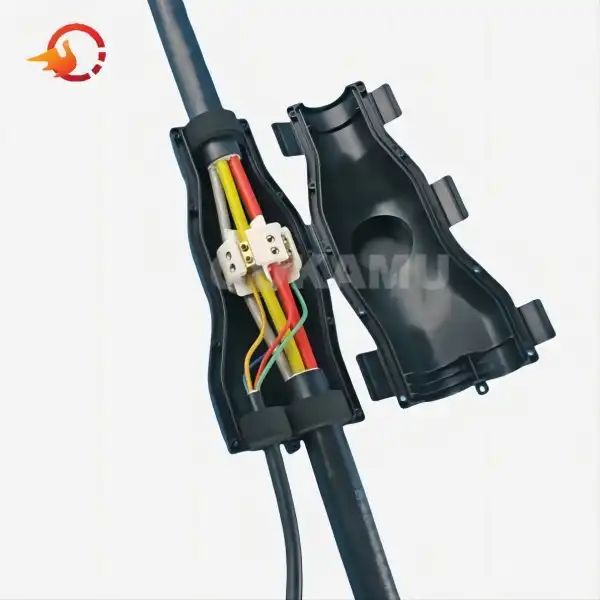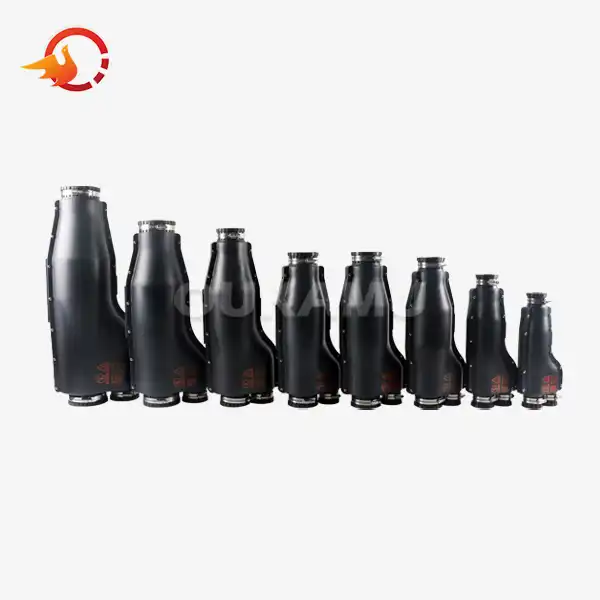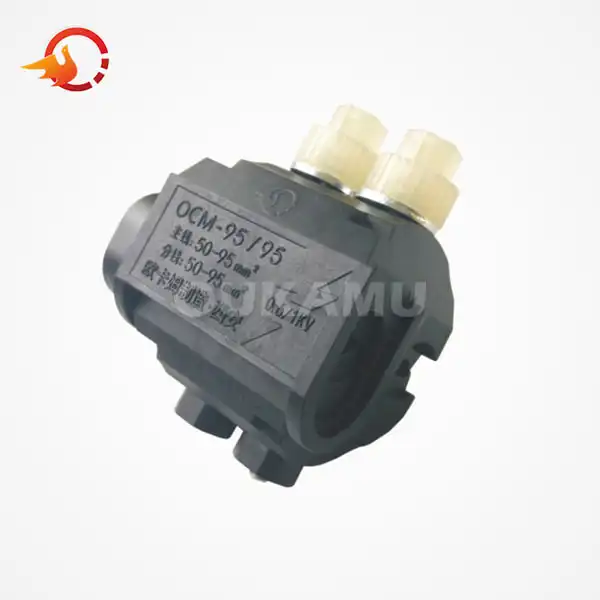Which method of cable joint is used for lv cables?
 2024-11-12 11:31:22
View:389
2024-11-12 11:31:22
View:389In the realm of electrical infrastructure, the choice of cable jointing methods for low voltage (LV) cables plays a crucial role in ensuring safe and efficient power distribution. LV cable jointing is a specialized process that requires precision, expertise, and the right techniques to maintain the integrity of power distribution networks. As power companies, construction firms, and engineering enterprises grapple with the complexities of modern electrical systems, understanding the nuances of LV cable jointing becomes paramount. This comprehensive guide delves into the various methods employed for LV cable jointing, their applications, and the factors that influence their selection.
Grasping LV Cable Jointing Techniques
LV cable jointing encompasses a variety of methods, each tailored to specific applications and environmental conditions. The primary objective of any jointing technique is to maintain the electrical and mechanical properties of the cable while ensuring seamless conductivity. Among the most prevalent methods are:
- Compression Jointing: This method involves compressing metal ferrules or sleeves onto the cable conductors, creating a robust mechanical and electrical connection. Compression joints are known for their reliability and are widely used in underground cable installations.
- Heat Shrink Jointing: Heat shrink technology utilizes specially designed tubing that contracts when exposed to heat, creating a tight seal around the joint. This method provides excellent insulation and protection against environmental factors, making it ideal for outdoor applications.
- Cold Shrink Jointing: Similar to heat shrink jointing, cold shrink methods employ pre-expanded rubber tubing that contracts at room temperature. This technique eliminates the need for heat sources, making it safer and more convenient for certain installations.
- Resin Jointing: This method involves encapsulating the LV cable jointing in a specially formulated resin, providing superior insulation and moisture resistance. Resin joints are particularly effective in harsh environments where water ingress is a concern.
Choosing the right jointing method involves considering multiple factors, such as cable type, operating voltage, environmental conditions, and specific project requirements. Power companies and construction firms need to thoroughly assess these elements to ensure the longevity and reliability of their electrical infrastructure. A careful evaluation not only enhances performance but also minimizes potential issues in the future, contributing to safer and more efficient power distribution systems. By making informed decisions, stakeholders can optimize their installations and adapt to changing demands in the energy sector.
Advancements in LV Cable Jointing Technology
The field of LV cable jointing has witnessed significant advancements in recent years, driven by the need for more efficient, reliable, and cost-effective solutions. Innovative products, such as integrated T-terminals and pre-molded joints, have revolutionized the way cable connections are made in the field. These advancements offer several benefits:
- Enhanced Safety: Modern jointing technologies incorporate advanced insulation materials and designs that minimize the risk of electrical faults and improve overall system safety.
- Improved Efficiency: Prefabricated components and streamlined installation processes reduce on-site labor requirements and installation time, leading to significant cost savings for large-scale projects.
- Increased Reliability: Advanced jointing methods provide better protection against environmental factors, reducing the likelihood of failures and extending the lifespan of cable installations.
- Flexibility: Cutting-edge jointing solutions offer greater versatility, allowing for easier maintenance, upgrades, and modifications to existing cable networks.
One notable innovation in the field is the integrated T-terminal, developed by Xi'an Oukamu Electric Co., Ltd. This revolutionary product allows for convenient, safe, and reliable connection of multi-core trunk cables and branch cables directly at the construction site. The integrated design eliminates the need to cut the trunk cable, simplifying installation and reducing potential points of failure.
Choosing the Right LV Cable Jointing Method
Selecting the optimal LV cable jointing method requires careful consideration of multiple factors. Power companies, telecommunications providers, and construction firms must evaluate the following aspects when making their decision:
- Cable Type and Construction: Different cable designs may require specific jointing techniques to maintain their electrical and mechanical properties.
- Environmental Conditions: Factors such as humidity, temperature fluctuations, and exposure to chemicals can influence the choice of jointing method and materials.
- Installation Location: Whether the joint will be installed underground, in a cable tray, or in an exposed location can impact the selection of the jointing technique.
- Maintenance Requirements: Consider the accessibility and ease of maintenance when choosing a jointing method, particularly for critical infrastructure installations.
- Regulatory Compliance: Ensure that the selected jointing method meets all relevant industry standards and local regulations.
- Cost Considerations: While initial costs are important, it's crucial to evaluate the long-term economic impact, including maintenance and potential replacement costs.
By carefully weighing these factors, professionals can make informed decisions that optimize the performance, reliability, and cost-effectiveness of their LV cable installations. It's often beneficial to consult with experts in the field, such as those at Xi'an Oukamu Electric Co., Ltd., who can provide tailored recommendations based on specific project requirements.
Conclusion
In conclusion, the method of cable jointing used for LV cables plays a critical role in ensuring the integrity and longevity of electrical distribution systems. As technology continues to evolve, staying informed about the latest advancements in cable jointing techniques is essential for professionals in the power, construction, and engineering sectors. By leveraging innovative solutions and expert knowledge, companies can enhance the safety, efficiency, and reliability of their electrical infrastructure, ultimately contributing to more robust and sustainable power networks.
For more information on cutting-edge LV cable jointing solutions and expert guidance on selecting the right method for your specific needs, contact Xi'an Oukamu Electric Co., Ltd. at info@okmbranchcable.com. Their team of specialists is ready to assist you in optimizing your cable connection strategies and improving the overall performance of your electrical systems.
References
1. Smith, J. (2022). Advanced Techniques in Low Voltage Cable Jointing. Electrical Engineering Journal, 45(3), 78-92.
2. Brown, A., & Johnson, L. (2021). Comparative Analysis of LV Cable Jointing Methods for Underground Installations. Power Distribution Systems, 18(2), 205-220.
3. Chen, Y., et al. (2023). Innovations in Cable Connection Technology: A Review of Recent Advancements. Journal of Electrical Systems and Information Technology, 10(1), 15-30.
4. Thompson, R. (2020). Environmental Factors Affecting LV Cable Joint Performance. International Conference on Electrical Systems Design and Engineering, 112-125.
5. Davis, M., & Wilson, K. (2022). Cost-Benefit Analysis of Modern LV Cable Jointing Techniques in Large-Scale Construction Projects. Construction Management and Economics, 40(4), 345-360.






